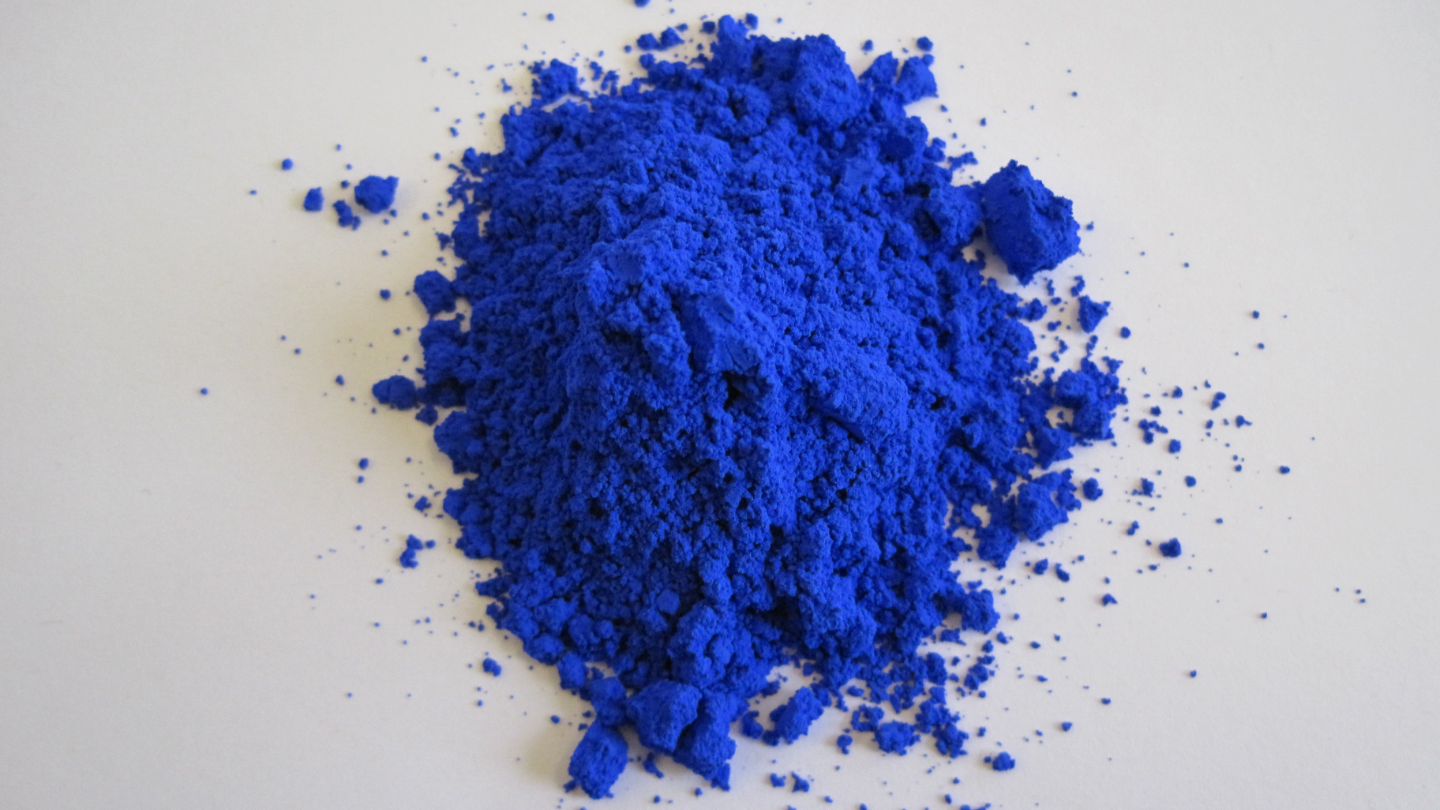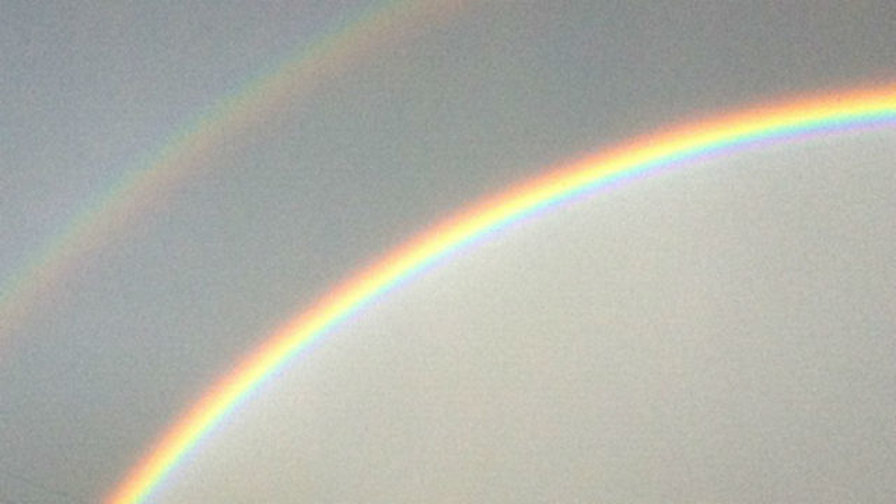color
Meet a spectacular new blue—the first inorganic new blue in some time.
Certain colors are globally linked to certain feelings, the study reveals.
This polymath’s papers—full of personal and scientific revelations—have joined the World Register.
Our brains didn’t evolve to see the world accurately, we only perceive what is useful and apply meaning to it. Neuroscientist Beau Lotto shows us how the sausage of reality is made.
▸
6 min
—
with
If you want to get from A to B more safely, be a little more choosy at the cab rank.
Not every language agrees on how many colors there are. With some having more terms and others fewer. But does that mean we see the world differently?





